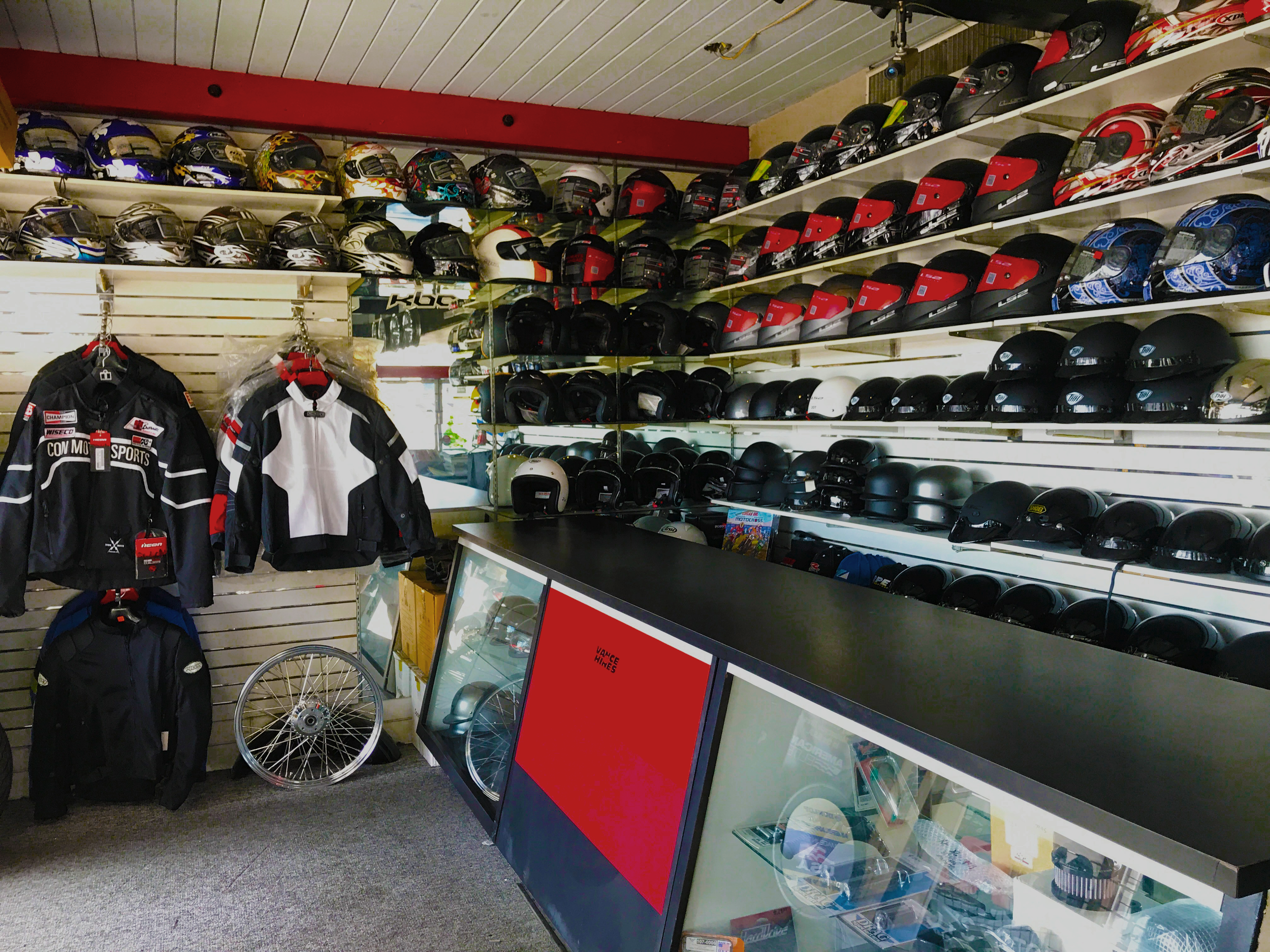Top MX Gear NZ: Gear Up for Your Following Off-Road Experience
Top MX Gear NZ: Gear Up for Your Following Off-Road Experience
Blog Article
Grasping Bike Gears: How to Optimize Your Riding Experience
In the realm of motorcycling, understanding the art of equipment manipulation is vital for enhancing your riding performance. Properly utilizing and understanding motorcycle gears can significantly impact control, velocity, and gas effectiveness, transforming an ordinary ride right into a seamless, thrilling trip. By integrating exact shift timing and adapting gear choice to various road problems, bikers can ensure ideal engine efficiency and safety and security. The nuances of clutch control, throttle control, and gear technicians beckon a much deeper exploration, promising to unlock the complete potential of your maker. Just how can these methods be used to genuinely maximize your riding experience?
Recognizing Equipment Mechanics
At the core of motorbike dynamics, equipment mechanics play a crucial role in transforming engine power into activity, ultimately determining rate and control. The equipment proportions, meticulously created, identify the connection in between engine revolutions and wheel turns, influencing velocity and fuel performance.
Recognizing gear technicians starts with identifying the importance of the transmission, which houses numerous equipments of differing dimensions. These gears connect through a process understood as meshing, where teeth of various equipments engage to send power. The precision of this interaction is critical; any kind of imbalance or damage can result in ineffective power transfer, impeding performance. In addition, the plan and dimension of gears influence the motorcycle's ability to deal with various loads and speeds.
Moreover, the idea of equipment shifting is important to maximizing efficiency. Smooth and timely shifts make sure that the engine runs within its optimal power band, preventing unneeded strain and boosting long life (motox parts nz). By comprehending these mechanical details, riders can accomplish a harmonious mix of control, effectiveness, and power, boosting their riding experience
Timing Your Shifts
Shift timing proficiency is important for enhancing motorcycle performance and improving the riding experience. Correctly timed shifts make sure that the engine runs within its optimum power band, which is crucial for maintaining control, achieving smooth velocity, and making certain the long life of the motorbike. Bikers must develop an instinctive sense of when to move equipments, which involves understanding the connection in between engine revolutions per min (RPM) and speed.
To master shift timing, pay very close attention to the engine's audio and feel, as these give crucial clues regarding when to change equipments. The suitable change factor generally occurs when the engine comes close to the upper array of its power band without getting to the redline. Changing too early can result in a lack of power, while moving far too late might cause unneeded engine stress
In addition, road conditions and riding design impact change timing. For example, in metropolitan setups, smoother and extra frequent changes may be necessary to browse traffic successfully. On the other hand, during highway riding, fewer changes at higher speeds can be better. Practicing in diverse atmospheres will certainly boost your capability to time changes precisely, inevitably boosting your riding experience to a specialist degree.
Enhancing Gas Performance
While mastering motorcycle equipments is vital for performance, boosting fuel effectiveness is equally crucial for both environmental and economic reasons. Optimal gas consumption not just decreases operational prices however also lessens the environmental impact of riding. To accomplish this, one should understand the elaborate connection in between gear choice and engine performance.
First of all, picking the right equipment at proper rates can dramatically impact fuel usage. Riding in a greater equipment at reduced speeds can bring about engine hauling, which is detrimental to both fuel economic climate and engine wellness. On the other hand, riding in lower gears at high rates causes unneeded gas usage. Thus, preserving an optimum equilibrium by changing gears in alignment with road conditions and anticipated maneuvers is necessary.
Furthermore, normal upkeep plays an essential role in fuel effectiveness. Making sure that the motorcycle is well-tuned, with clean air filters and appropriately blew up tires, can lower and enhance aerodynamics gas motocross gear waste. Taking on a riding style that welcomes progressive acceleration and smooth deceleration can contribute to much better fuel economic situation.

Strategies for Smooth Transitions
Accomplishing smooth gear shifts is basic to enhancing the riding experience and guaranteeing the durability of a motorbike's transmission system. Appropriate equipment shifting not just contributes to a seamless trip yet also decreases wear and tear on the mechanical elements. To understand the art of smooth changes, bikers should concentrate on a few essential methods.
Second of all, clutch control plays an essential duty. Engaging and disengaging the clutch efficiently calls for technique. The clutch lever ought to be released gradually, enabling for a seamless transfer of power from the engine to the wheels without causing a shock or sudden activity.

Adjusting to Road Problems
Browsing varied road problems is an essential skill for any motorcyclist aiming to maintain control and safety. Whether you're riding on damp surface areas, crushed rock roadways, or browsing sharp turns, your ability to adapt your equipment usage and riding method is critical. Comprehending how to change your equipments suitably can substantially affect traction and stability, making sure a safer trip.
On damp roadways, it is advisable to preserve higher equipments to reduce torque and reduce wheel spin. This strategy assists preserve grasp on slippery surfaces, permitting smoother velocity and slowdown. On the other hand, when riding on crushed rock or uneven surface, lower equipments are more suitable. Lower gears offer better control and enable you to respond more swiftly to unexpected changes in the road surface area.
Sharp curves require accurate equipment administration to balance speed and control. Downshifting before entering a contour can assist keep energy while making sure the bike continues to be steady throughout the turn. Regular method in different conditions improves your capacity to respond and anticipate to modifications in road structure and incline.
Conclusion
Grasping motorcycle gears significantly boosts the riding experience by enhancing control, velocity, and fuel efficiency. Adapting equipment selection to numerous roadway problems, such as using greater gears on damp surface areas and reduced gears on crushed rock, additional enhances handling and security.
Comprehending gear technicians starts with identifying the value of the transmission, which houses multiple equipments of varying dimensions. These gears connect via a procedure understood as meshing, where teeth of various equipments involve to transmit power (motorcycle parts nz). Gentle adjustments to the throttle during equipment shifts can avoid jerky movements and preserve a constant riding pace
Whether you're riding on damp surfaces, crushed rock roadways, or navigating sharp turns, your capacity to adjust your gear usage and riding technique is vital. Adapting equipment option to numerous road problems, such as using higher equipments on damp surfaces and lower gears on crushed rock, further boosts handling and safety.
Report this page